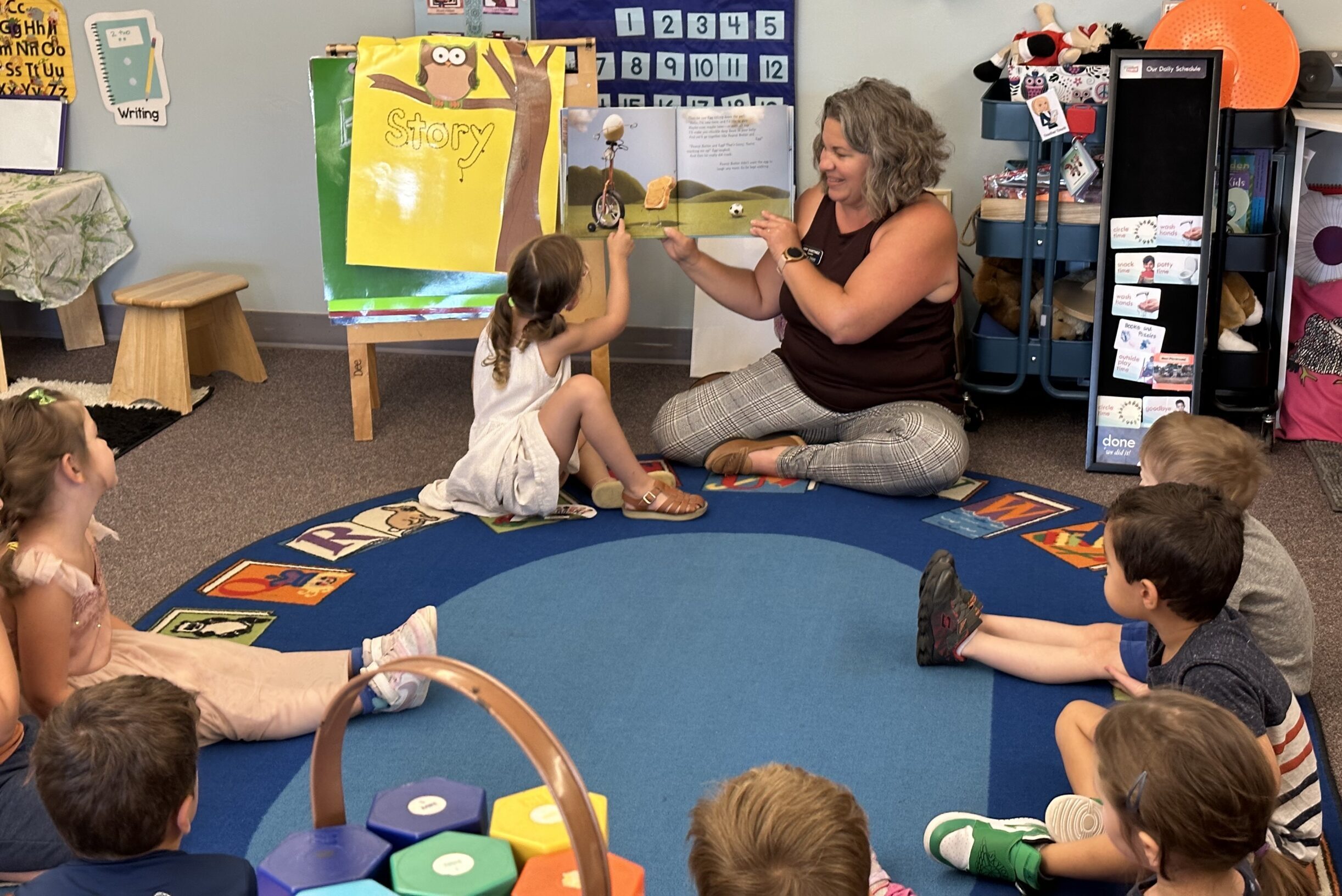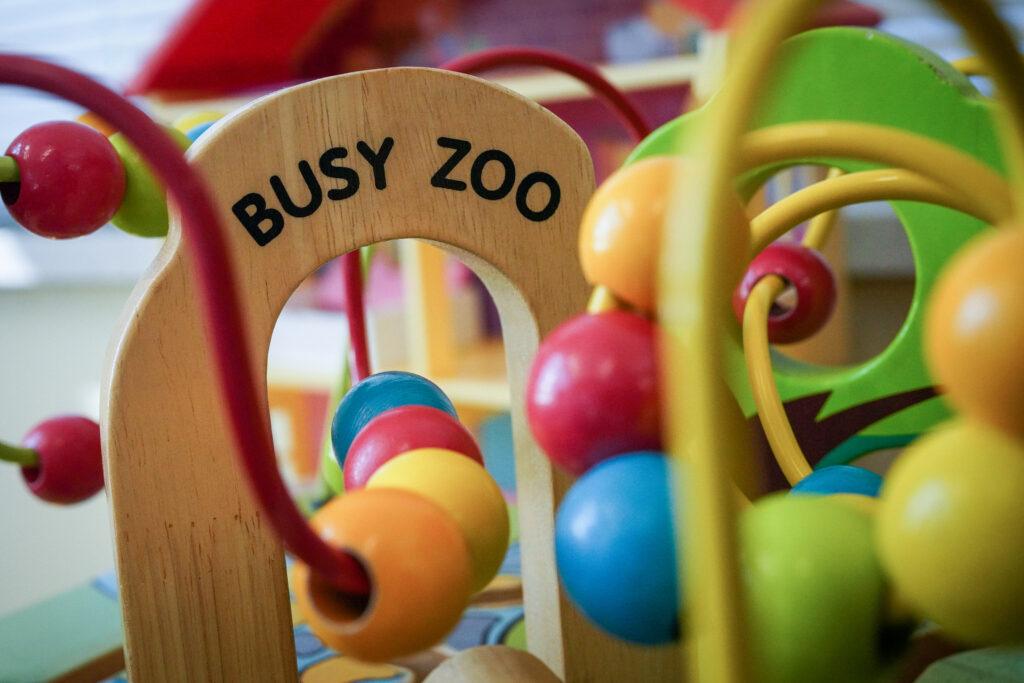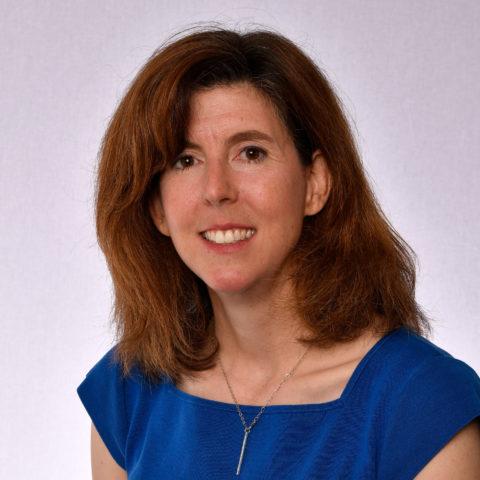
State officials say over 11,000 Colorado children will get free full-day classes through the state’s universal preschool program this year, more than double the number last year.
The increase means progress towards one of the state’s original goals for the preschool-for-all program: extra hours for 4-year-olds with the greatest needs, like those from low-income families, as well as kids who are learning English, have special education plans, are homeless, or in the foster care system.
It’s a significant contrast from last summer, when the state backpedaled on plans to cover full-day preschool for every child with one of those five risk factors. So many families applied for half-day seats in the new program that Colorado didn’t have the money to fund as many full-day seats as it had hoped. State officials notified thousands of families that were expecting to get free full-day preschool about the pullback just weeks before the start of school. That left many parents in the lurch and angered preschool providers.
Several school districts stepped up to cover the full-day preschool costs themselves last year, but expressed frustration about the budget hit. Some districts cited the state’s last minute decision to limit full-day preschool in a wide-ranging lawsuit over universal preschool alleging broken funding promises, among other things. (A Denver district court judge dismissed the case in early July.)
Not every 4-year-old with one or more risk factors will qualify for free full-day preschool this year. But at least 6,000 more will qualify compared with last year, and that number could rise as more families apply for universal preschool in the coming weeks.
Dawn Odean, director of the universal preschool program, said the increase shows progress toward the state’s goal of serving students equitably: “We’re really excited.”

Two factors helped pave the way for more children to qualify for full-day preschool this year.
First, the state has more money for it. That’s because voters approved about $24 million in additional preschool funding in November.
Also, state officials rewrote some of the program’s rules last fall to more carefully target the children from the lowest-income families for full-day preschool.
Colorado’s universal preschool proved popular immediately, serving about 39,000 4-year-olds in its inaugural year — about 62% of that age group in the state. Most received 10 to 15 hours a week of tuition-free preschool, but some received 30 hours a week, which the state considers full-day preschool.
When state leaders were rushing to plan the program in the year before its launch, they decided to offer full-day preschool to children with certain risk factors. The idea was to provide more learning time to children facing extra challenges.
But one risk factor captured a particularly large group of kids: the low-income category. That category covered children in families with household incomes up to 270% of the federal poverty line, or about $84,200 in annual income for a family of four.
Last July, as the program was about to begin, 15,000 children with at least one of the five risk factors had joined. But there was only enough funding to serve a fraction of that number with full-day classes. The shortfall triggered a provision requiring students to have both the low-income risk factor and a second risk factor in order to get full-day preschool.
Initially, only 3,700 students qualified for full-day classes, though that number grew to 4,800 by the end of the school year, according to officials at the Colorado Department of Early Childhood, which runs the universal preschool program. Many of the children who lost out on full-day preschool were from low-income households but did not have a second risk factor.
“We heard from many families and many providers … that we were missing our most vulnerable, or specifically those families living in poverty,” Odean said.

For year two, which starts in August for most preschools, state officials decided to add a sixth risk factor to ensure that children from the lowest-income families were not passed over for full-day preschool. This “poverty” risk factor captures children whose families have household incomes up to the federal poverty line, which this year is $32,100 for a family of four.
Because such families are also covered by the “low-income” category, they have the two factors needed to receive full-day preschool.
So far this year, the majority of students eligible for full-day preschool — 63% — have the poverty risk factor. The rest are in the higher-earning tier of the “low-income” category and have one or more additional risk factors.
Ann Schimke is a senior reporter at Chalkbeat, covering early childhood issues and early literacy. Contact Ann at [email protected].








